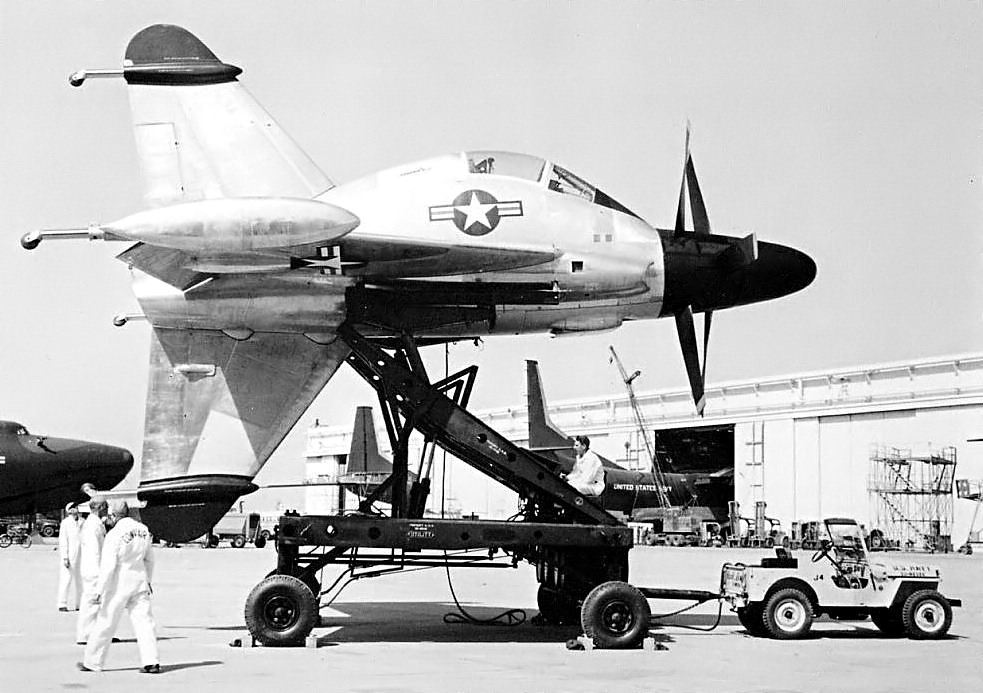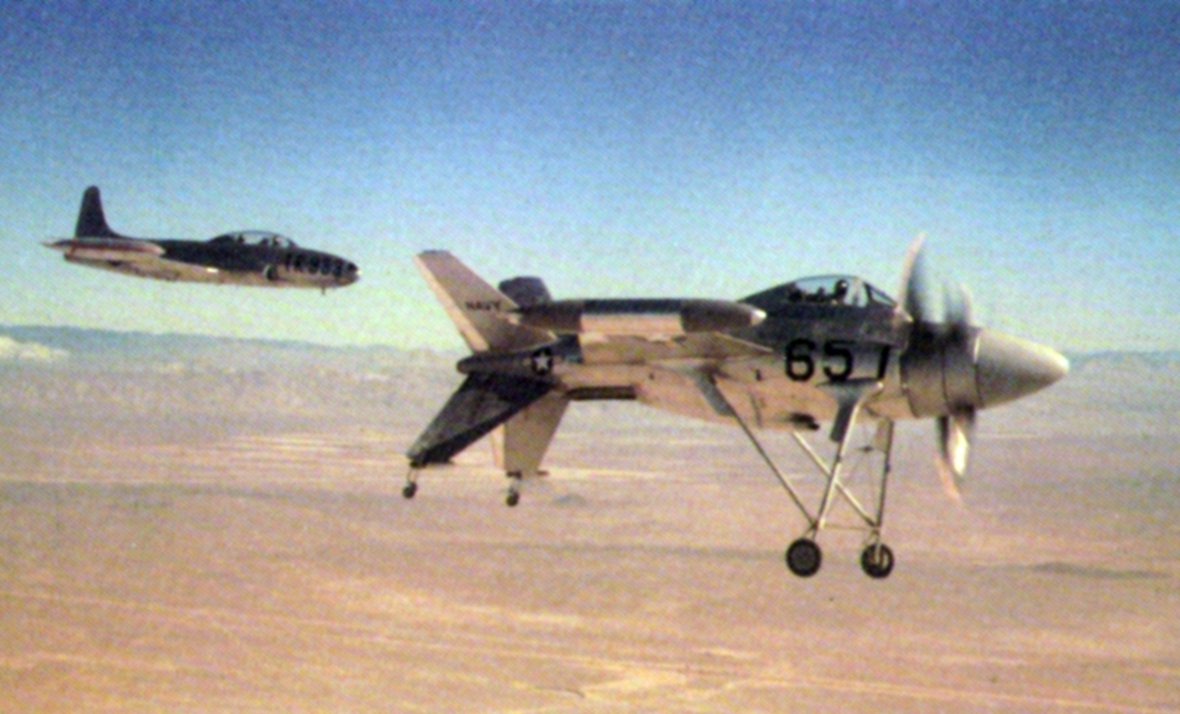|
Heinkel Wespe
The Heinkel Wespe ( en, Wasp) was a project study by the German company Heinkel for a tail-sitting, vertical take off and landing-interceptor aircraft. The aircraft did not have conventional wings, but instead featured a large rotor. Completed in 1945, it remained untested due to a lack of material at the end of the Second World War. A related project was the Heinkel Lerche. Design The aircraft was to be powered by a turboprop in the center of the airframe which was unusual for having a circular wing and would have had a small frontal area, making it a good platform for attacking bombers. It may have been designed for point defense, but due to the situation in Germany at the time, the engine was not completed and none were ever built. Specifications See related aircraft Heinkel Lerche Focke-Wulf Triebflugel Lockheed XFV Convair XFY Pogo Notes References * {{Heinkel aircraft Wespe The Sd.Kfz. 124 ''Wespe'' (German for "wasp"), also known as ''Leichte Feldhaubitze 18 ... [...More Info...] [...Related Items...] OR: [Wikipedia] [Google] [Baidu] |
VTOL
A vertical take-off and landing (VTOL) aircraft is one that can take off and land vertically without relying on a runway. This classification can include a variety of types of aircraft including helicopters as well as thrust-vectoring fixed-wing aircraft and other hybrid aircraft with powered rotors such as cyclogyros/cyclocopters and gyrodynes. Some VTOL aircraft can operate in other modes as well, such as CTOL (conventional take-off & landing), STOL (short take-off & landing), or STOVL (short take-off & vertical landing). Others, such as some helicopters, can only operate as VTOL, due to the aircraft lacking landing gear that can handle taxiing. VTOL is a subset of V/STOL (vertical or short take-off & landing). Some lighter-than-air aircraft also qualify as VTOL aircraft, as they can hover, takeoff and land with vertical approach/departure profiles. Electric vertical takeoff and landing aircraft, or eVTOLs, are being developed along with more autonomous flight control tech ... [...More Info...] [...Related Items...] OR: [Wikipedia] [Google] [Baidu] |
MK 108 Cannon
The MK 108 (German: ''Maschinenkanone''—"machine cannon") was a 30 mm caliber autocannon manufactured in Nazi Germany, Germany during World War II by Rheinmetall‑August Borsig, Borsig for use in aircraft. The cannon saw widespread use as an anti-bomber weapon during the second half of the war, first seen in 1943 in the Messerschmitt Bf 110, Bf 110G-2 bomber destroyers and Messerschmitt Bf 109, Bf 109G-6/U4. Four MK 108's formed the main armament of the Messerschmitt Me 262, Me 262 the next year. It could be found on some versions or optional mountings on practically every other German fighter aircraft, fighter of the era. Development The weapon was developed as a private venture by the company in 1940 and was submitted to the ''Reich Air Ministry, Reichsluftfahrtministerium'' (RLM—Reich Aviation Ministry) in response to a 1942 requirement for a heavy aircraft weapon for use against the Allies of World War II, Allied heavy bombers appearing over German-controlled regions by ... [...More Info...] [...Related Items...] OR: [Wikipedia] [Google] [Baidu] |
Tailsitter Aircraft
A tail-sitter, or tailsitter, is a type of VTOL aircraft that takes off and lands on its tail, then tilts horizontally for forward flight. Originating in the 1920s with the inventor Nikola Tesla, the first aircraft to adopt a tail-sitter configuration were developed by Nazi Germany during the Second World War. Development of such aircraft spiked during the late 1940s and 1950s, as aircraft designers and defence planners alike recognised the potential value of fixed-wing aircraft that could perform both a vertical take-off and vertical landing while also transitioning into and out of conventional flight. Inherent problems with tail-sitter aircraft were poor pilot visibility and control difficulties, especially during vertical descent and landing. Programmes to develop manned tail-sitters were typically terminated in the form of the more practical thrust vectoring approach, as used by aircraft such as the Hawker Siddeley Harrier and Yakovlev Yak-38. Description A tail-sitter sits ... [...More Info...] [...Related Items...] OR: [Wikipedia] [Google] [Baidu] |
Heinkel Aircraft
Heinkel Flugzeugwerke () was a German aircraft manufacturing company founded by and named after Ernst Heinkel. It is noted for producing bomber aircraft for the Luftwaffe in World War II and for important contributions to high-speed flight, with the pioneering examples of a successful liquid-fueled rocket and a turbojet-powered aircraft in aviation history, with both Heinkel designs' first flights occurring shortly before the outbreak of World War II in Europe. History Following the successful career of Ernst Heinkel as the chief designer for the Hansa-Brandenburg aviation firm in World War I, Heinkel's own firm was established at Warnemünde in 1922, after the restrictions on German aviation imposed by the Treaty of Versailles were relaxed. By 1929, the firm's compressed air-powered catapults were in use on the German Norddeutscher Lloyd ocean-liners and to launch short-range mail planes from the liners' decks. The company's first post-World War I aircraft design success was ... [...More Info...] [...Related Items...] OR: [Wikipedia] [Google] [Baidu] |
Convair XFY Pogo
The Convair XFY Pogo was an experiment in vertical takeoff and landing (VTOL) tail-sitter. The Pogo had delta wings and three-bladed contra-rotating propellers powered by a turboprop engine. It was intended to be a high-performance fighter aircraft capable of operating from small warships. Landing the XFY-1 was difficult, as the pilot had to look over his shoulder while carefully working the throttle to land. Design and development After World War II, the Cold War prompted the United States Army and Navy to study VTOL operations. It was envisaged to protect task forces, convoys or any fleet, even without aircraft carriers, by placing VTOL aircraft on any ship. These fighters would be housed within a conical protective housing, saving limited deck space available aboard ships. They would provide first line of airborne defense and reconnaissance capability, before more aircraft could be scrambled to help, with flight performance that helicopters could not provide. In May 1951, Lo ... [...More Info...] [...Related Items...] OR: [Wikipedia] [Google] [Baidu] |
Lockheed XFV
The Lockheed XFV (sometimes referred to as the "Salmon") was an American experimental tailsitter prototype aircraft built by Lockheed in the early 1950s to demonstrate the operation of a vertical takeoff and landing (VTOL) fighter for protecting convoys. Design and development The Lockheed XFV originated as a result of a proposal issued by the U.S. Navy in 1948 for an aircraft capable of vertical takeoff and landing (VTOL) aboard platforms mounted on the afterdecks of conventional ships. Both Convair and Lockheed competed for the contract but in 1950, the requirement was revised, with a call for a research aircraft capable of eventually evolving into a VTOL ship-based convoy escort fighter. On 19 April 1951, two prototypes were ordered from Lockheed under the designation XFO-1 (company designation was Model 081-40-01). Soon after the contract was awarded, the project designation changed to XFV-1 when the Navy's code for Lockheed was changed from O to V.Allen 2007. p. 14. The ... [...More Info...] [...Related Items...] OR: [Wikipedia] [Google] [Baidu] |
Focke-Wulf Triebflugel
Focke-Wulf Flugzeugbau AG () was a German manufacturer of civil and military aircraft before and during World War II. Many of the company's successful fighter aircraft designs were slight modifications of the Focke-Wulf Fw 190. It is one of the predecessor companies of today's Airbus. History The company was founded in Bremen on 24 October 1923 as Bremer Flugzeugbau AG by Prof. Henrich Focke, Georg Wulf and Dr. rer. pol. Werner Naumann. Almost immediately, they renamed the company Focke-Wulf Flugzeugbau AG (later Focke-Wulf Flugzeugbau GmbH). Focke-Wulf merged, under government pressure, with Albatros Flugzeugwerke of Berlin in 1931. The Albatros Flugzeugwerke engineer and test pilot Kurt Tank became head of the technical department and started work on the Fw 44 ''Stieglitz'' (Goldfinch). Dr Ludwig Roselius became Chairman in 1925 and handed over to his brother Friedrich in early 1933. In 1938 Roselius' HAG combine increased its shareholding to 46% and C. Lorenz AG secured ... [...More Info...] [...Related Items...] OR: [Wikipedia] [Google] [Baidu] |
Circular Wing
A circular wing is a disc-shaped wing having the outer planform of a circle. If the aircraft has no fuselage or tail the disc-shaped craft is sometimes described as a ''flying saucer''. If the entire disc rotates it is called a ''disc wing''. Disc-shaped aircraft development dates back to before World War II. A number of disc-shaped aircraft have been proposed over the years, and a few have been built. Circular wing aircraft Nemeth Umbrella Plane In 1934, at Miami University (of Ohio), an aircraft called the Nemeth Umbrella Plane (aka Roundwing) was tested. (''Nemeth'' is sometimes spelled ''Nuneth''.) This aircraft had a parasol wing of circular form above a conventional fuselage and tail, and it was powered by propeller in a tractor configuration. Sack AS.6 During World War II, a number of disc-shaped aircraft were proposed by aircraft designers in Germany. One of the few to make it further than the drawing board was the Sack AS-6, an experimental light plane with a round-win ... [...More Info...] [...Related Items...] OR: [Wikipedia] [Google] [Baidu] |
Interceptor Aircraft
An interceptor aircraft, or simply interceptor, is a type of fighter aircraft designed specifically for the defensive interception role against an attacking enemy aircraft, particularly bombers and reconnaissance aircraft. Aircraft that are capable of being or are employed as both ‘standard’ air superiority fighters and as interceptors are sometimes known as fighter-interceptors. There are two general classes of interceptor: light fighters, designed for high performance over short range; and heavy fighters, which are intended to operate over longer ranges, in contested airspace and adverse meteorological conditions. While the second type was exemplified historically by specialized night fighter and all-weather interceptor designs, the integration of mid-air refueling, satellite navigation, on-board radar and beyond visual range (BVR) missile systems since the 1960s has allowed most frontline fighter designs to fill the roles once reserved for specialised night/all-weathe ... [...More Info...] [...Related Items...] OR: [Wikipedia] [Google] [Baidu] |
Heinkel Lerche
The Heinkel Lerche ( en, Lark) was the name of a set of project studies made by German aircraft designer Heinkel in 1944 and 1945 for a revolutionary VTOL fighter and ground-attack aircraft. The ''Lerche'' was an early coleopter design. It would take off and land sitting on its tail, flying horizontally like a conventional aircraft. The pilot would lie prone in the nose. Most remarkably, it would be powered by two contra-rotating propellers which were contained in a doughnut-shaped, nine-sided annular wing. The remarkably futuristic design was developed starting 1944 and concluding in March 1945. The aerodynamic principles of an annular wing were basically sound, but the proposal was faced with a whole host of unsolved manufacture and control problems which would have made the project highly impractical, even without the material shortages of late-war Nazi Germany Nazi Germany (lit. "National Socialist State"), ' (lit. "Nazi State") for short; also ' (lit. "National S ... [...More Info...] [...Related Items...] OR: [Wikipedia] [Google] [Baidu] |
Second World War
World War II or the Second World War, often abbreviated as WWII or WW2, was a world war that lasted from 1939 to 1945. It involved the vast majority of the world's countries—including all of the great powers—forming two opposing military alliances: the Allies and the Axis powers. World War II was a total war that directly involved more than 100 million personnel from more than 30 countries. The major participants in the war threw their entire economic, industrial, and scientific capabilities behind the war effort, blurring the distinction between civilian and military resources. Aircraft played a major role in the conflict, enabling the strategic bombing of population centres and deploying the only two nuclear weapons ever used in war. World War II was by far the deadliest conflict in human history; it resulted in 70 to 85 million fatalities, mostly among civilians. Tens of millions died due to genocides (including the Holocaust), starvation, ma ... [...More Info...] [...Related Items...] OR: [Wikipedia] [Google] [Baidu] |






.jpg)
